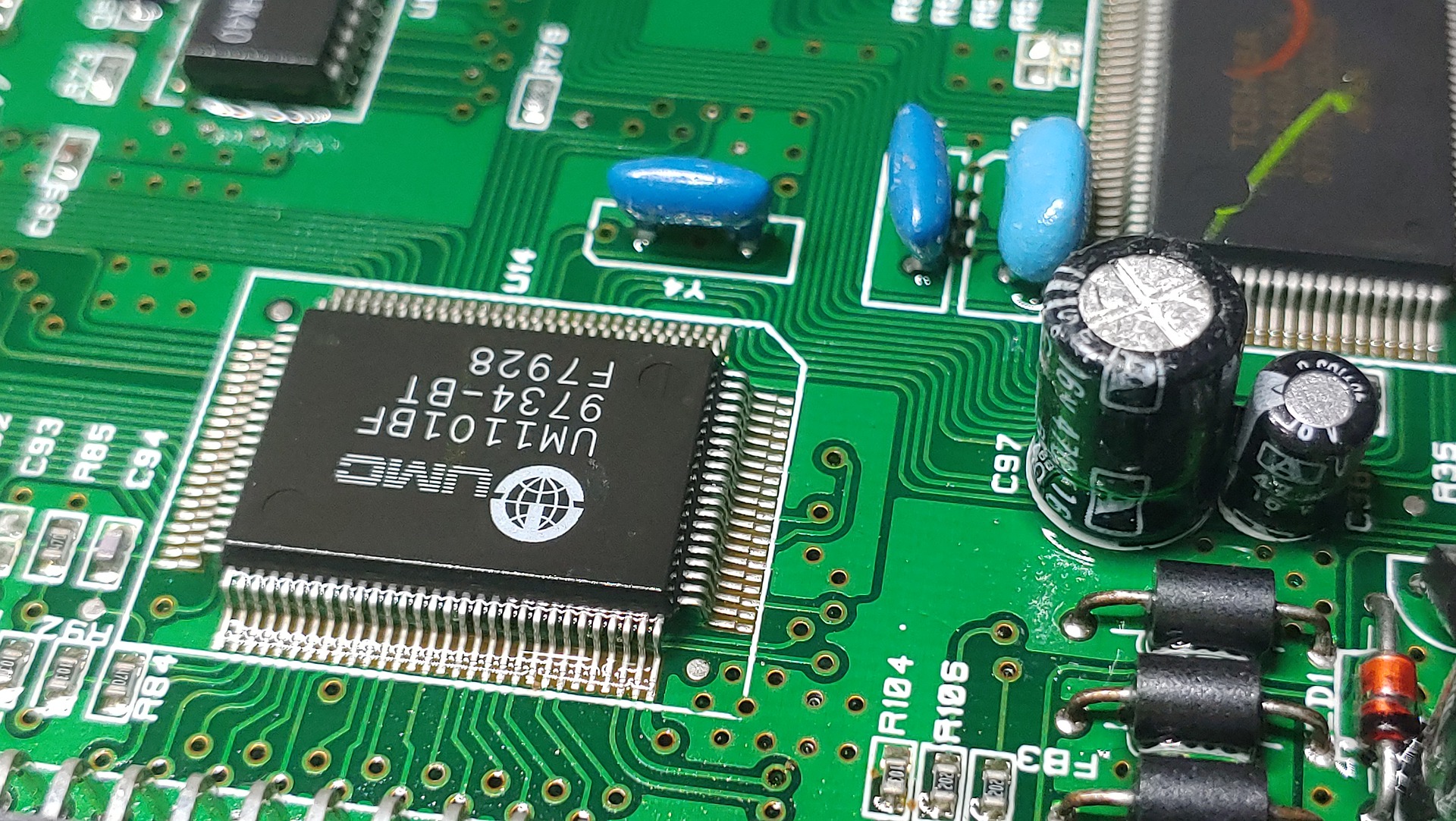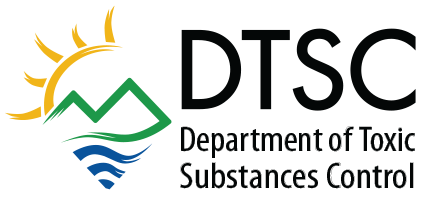What are the Maximum Concentration Values (MCVs) for these metals in our products?
The maximum concentration values (MCVs) under California’s RoHS law are the same as those in the EU’s RoHS Directive. Each MCV is presented as a percentage based on weight.
| Hazardous Substance | MCV (% by weight) |
|---|---|
| Lead (Pb) | 0.1% |
| Mercury (Hg) | 0.1% |
| Hexavalent chromium (Cr) | 0.1% |
| Cadmium (Cd) | 0.01% |
Note MCVs apply to each “homogeneous material” used in manufacturing a covered electronic device (CED). It does not apply to the entire CED or specific components of the CED.
Defining “homogenous material”
The EU Directive defines “homogeneous material” as:
“A homogenous material means a material that can not be mechanically disjointed into different materials.”
Examples of homogenous materials
- A plastic cover is a “homogeneous material” if it consists of one type of plastic that is not coated with or has attached to it, or inside it, any other kinds of materials. In this case, the MCVs would apply to the entire plastic cover.
- An electric cable that consists of metal wires surrounded by non-metallic insulation materials is an example of a “non-homogeneous material” because the different materials could be separated by mechanical processes. In this case the MCVs would apply to each of the separated materials individually.
- A semi-conductor package contains many homogeneous materials which include plastic, moulding material, tin electroplating coatings on the lead frame, the lead frame alloy, and gold-bonding wires. In this case, the MCVs would apply to each of the homogeneous materials that comprise the semi-conductor package.



Exemptions
The following are examples of exemptions to California’s RoHS law.
-
A CED sold or offered for sale in California when the buyer’s purpose is to resell it to persons outside of California.
-
Any application of cadmium, chromium, lead, or mercury, or any component containing any of those metals, that is exempt from the EU RoHS Directive, or by an amendment to that Directive.
-
The sale of a CED containing a prohibited substance if the prohibited substance was used in the CED to comply with consumer, health, or safety standards required by the Underwriters Laboratories, the federal government, or the State.
RoHS in Electronic Devices
Toxics in Products Links
- Toxics in Products Home
- Cadmium in Jewelry
- Lead and Arsenic in Glass Beads
- Lead in Jewelry
- Lead in Plumbing
- Mercury Reduction in Products & Devices
- Recycling Mercury Thermostats
- Restrictions on the use of Certain Hazardous Substances (RoHS) in Electronic Devices
- Toxics in Packaging
- Toxics Reduction in Lighting
- Treated Wood Waste
Hazardous Waste Links
- Hazardous Waste Home
- Certified Appliance Recycler (CAR) Program
- CUPAs
- Defining Hazardous Waste
- Electronic Waste (E-Waste)
- Enforcement and Emergency Response Division
- Facilities (TSDFs)
- Generator Improvements Rule
- Generators
- Hazardous Waste ID Numbers
- Hazardous Waste Management Plan
- Hazardous Waste Manifests
- Hazardous Waste Tracking System
- Household Hazardous Waste
- Metal Recycling
- Metal Shredding Facilities and Wastes
- Permitting
- Toxics in Products
- Transporters
- Universal Waste
- Form 1358
- California Hazardous Waste Codes
Connect / Contact Us
Office Locations / Map
Sign up for an E-List
Regulatory Assistance Officers
Statewide Campaigns/Alerts
Report an Environmental Concern
Amber Alert
California Grants Portal
Register to Vote
Save Our Water.com



 Katherine M. Butler, MPH
Katherine M. Butler, MPH